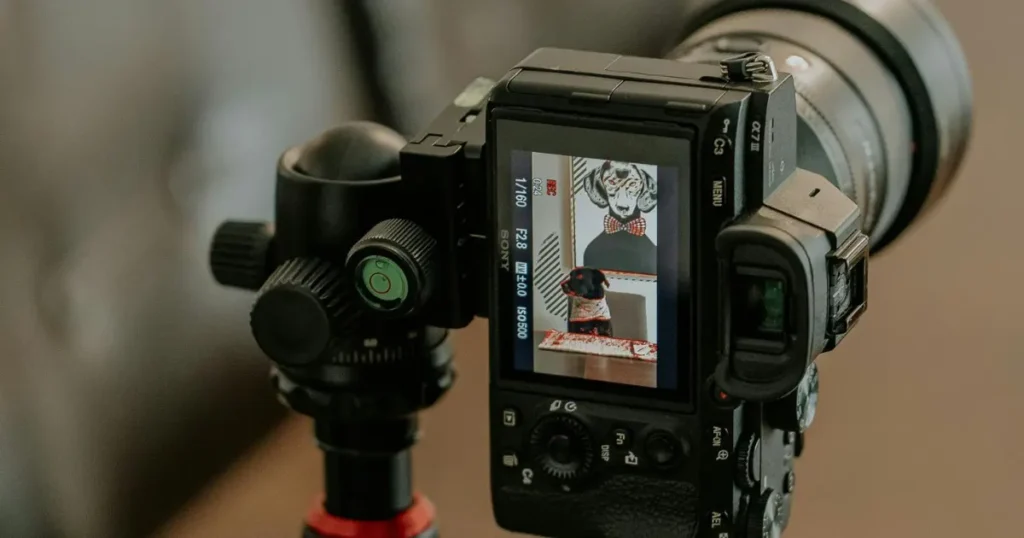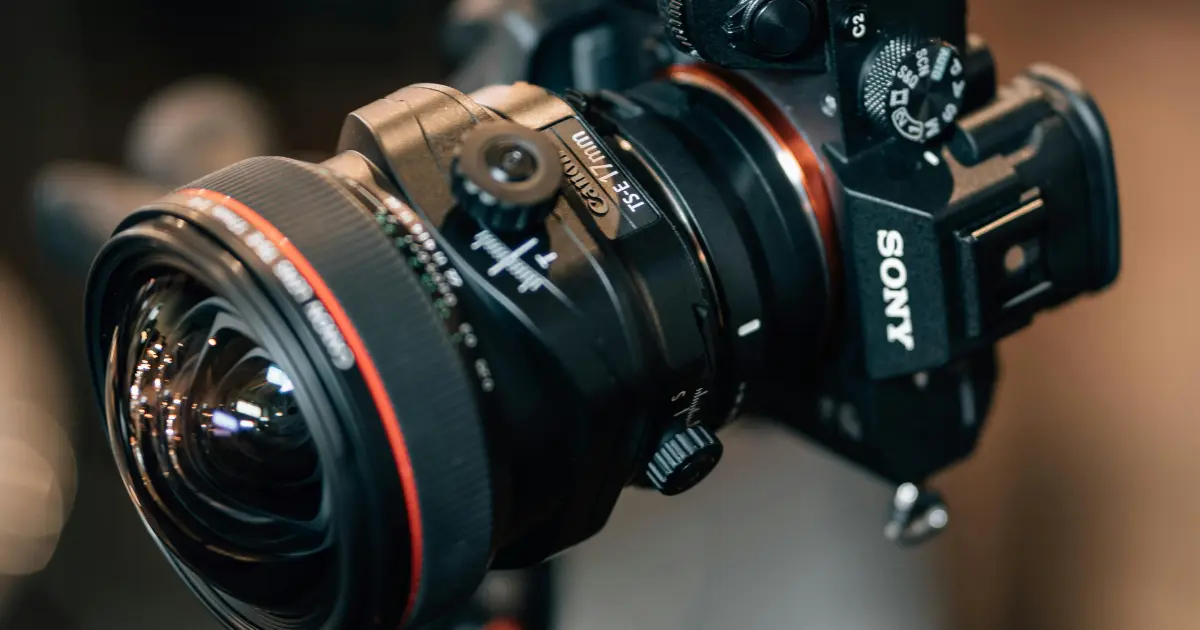In today’s digital age, capturing life’s moments has become more accessible than ever. With the advancement of technology, there is a wide array of cameras available on the market, each boasting its own set of features and capabilities. Whether you’re a photography enthusiast looking to upgrade your gear or a beginner hoping to delve into the world of photography, choosing the perfect camera can be a daunting task. Fear not! This site is here to help you navigate through the sea of options and find the camera that best suits your needs.

Understanding Your Needs
Before diving into the world of cameras, it’s essential to understand your needs and requirements. Ask yourself: What do I want to achieve with my camera? What is my budget? How experienced am I in photography?
Define Your Purpose
Are you looking for a camera to capture family moments, or are you interested in pursuing photography as a serious hobby or profession? Having a clear purpose in mind will assist you in narrowing down your choices and selecting a camera that aligns with your specific requirements.
Identify Your Budget
There is a broad spectrum of prices for cameras, ranging from affordable options to high-end professional models. It’s important to establish your budget early on to avoid overspending. Keep in mind that there are additional costs to consider, such as lenses and accessories.
Determine Your Level of Expertise
Are you a beginner looking for a user-friendly camera, or are you an experienced photographer seeking advanced features and controls? Consider your level of expertise when choosing a camera to ensure that it aligns with your skill level.
Types of Cameras
There are several types of cameras available, each catering to different needs and preferences. The three main types of cameras are DSLR, mirrorless, and point-and-shoot cameras.
DSLR Cameras
DSLR cameras are renowned for their versatility and exceptional image quality. They offer a wide range of lenses and accessories, making them suitable for photographers of all levels.
Mirrorless Cameras
Mirrorless cameras are compact and lightweight, making them ideal for travel and everyday use. They offer similar image quality to DSLR cameras but with a smaller form factor.
Point-and-Shoot Cameras
Point-and-shoot cameras are compact and easy to use, making them perfect for beginners and casual photographers. They offer basic features and are budget-friendly.
Key Features to Consider
When choosing a camera, there are several key features to consider to ensure that it meets your needs and preferences.
Megapixels and Sensor Size
Megapixels determine the resolution of your images, while sensor size affects image quality, especially in low light conditions. Keep these steps in mind while choosing the camera.
Lens Compatibility and Interchangeability
Different cameras support different types of lenses. Consider the availability and cost of lenses for your chosen camera before making a purchase.
Autofocus and Image Stabilization
Autofocus ensures that your images are sharp and in focus, while image stabilization reduces blur caused by camera shake. These features are crucial for capturing clear and crisp images.
ISO Range and Low Light Performance
A higher ISO range enables you to take pictures in low-light situations without needing a flash.Consider the ISO range of a camera when choosing one for low light photography.
Video Recording Capabilities
If you’re interested in recording videos, consider the video recording capabilities of a camera, such as resolution and frame rate.
Additional Accessories
In addition to the camera itself, there are several accessories that can enhance your photography experience.
Lenses
Lenses are crucial for achieving different types of shots, such as wide-angle, portrait, and macro shots. Invest in high-quality lenses to enhance the capabilities of your camera.
Tripods
Tripods are essential for stabilizing your camera and capturing sharp images, especially in low light conditions or when using slow shutter speeds.
Camera Bags
A camera bag will protect your camera and accessories from damage and make it easier to carry them around.
Memory Cards
Memory cards are essential for storing your images and videos. Choose a memory card with sufficient storage capacity and a fast write speed for optimal performance.
External Flash
An external flash can help illuminate your subjects in low light conditions or add creative lighting effects to your photos. Consider investing in an external flash for more control over your lighting.
Remote Shutter Release
A remote shutter release allows you to trigger your camera’s shutter without physically touching the camera, reducing the risk of camera shake and ensuring sharp images, especially in long exposure shots.
Filters
Filters can enhance your images by reducing glare, improving color saturation, or adding creative effects. Consider investing in filters to enhance your photography.
Cleaning Kit
A cleaning kit is essential for maintaining your camera and lenses, ensuring that they remain in optimal condition. Regular cleaning can help extend the life of your gear and improve the quality of your photos.
Tips for Making Your Decision
With so many options available, choosing the perfect camera can be overwhelming.Here are some guidelines to assist you in making a well-informed decision:
Read Reviews and Do Your Research
Before making a purchase, read reviews and do your research to learn more about the camera’s performance, features, and reliability.
Try Before You Buy
If possible, try out the camera before making a purchase to see how it feels in your hands and how easy it is to use.
Consider Future Needs
Consider whether the camera you’re considering has room for future upgrades, such as additional lenses or accessories.
Seek Advice from Professionals
If you’re unsure about which camera to choose, seek advice from professional photographers or photography enthusiasts.They can offer valuable insights and recommendations derived from their experience.
Seek Advice from Professionals
When budgeting for a camera, don’t forget to factor in the cost of accessories such as lenses, memory cards, and camera bags.These extra expenses can accumulate rapidly.
Conclusion
Selecting the ideal camera is a personal choice that hinges on your requirements, preferences, and budget. By understanding your requirements and considering the key features and accessories available, you can find a camera that allows you to capture life’s moments with ease and precision.
Remember to do your research, seek advice from experts, and consider your future needs when choosing a camera. With the right camera and accessories, you can embark on a photographic journey that will allow you to capture and preserve memories for years to come.
FAQs
Q: What is the best camera for beginners?
A: For beginners, a budget-friendly point-and-shoot camera or a beginner-friendly DSLR camera is recommended.
Q: Do I need to buy additional lenses for my camera
A: It depends on your photography needs. Additional lenses can enhance your photography experience but are not always necessary.
Q: Can I use my smartphone as a camera?
A: Smartphones are capable of taking high-quality photos, but they may not offer the same level of control and versatility as a dedicated camera.
Q: What is the difference between DSLR and mirrorless cameras?
A: DSLR cameras use a mirror mechanism to reflect light into an optical viewfinder, while mirrorless cameras use an electronic viewfinder or the camera’s LCD screen to preview images.
Q: How important is image stabilization in a camera?
A: Image stabilization helps reduce blur caused by camera shake, especially in low light conditions or when using slow shutter speeds. It is important for capturing sharp
